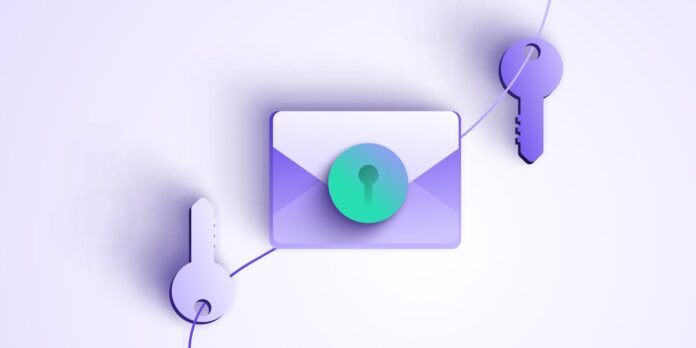When you’re in the workplace, you must make sure no one unauthorized sees your communications. Maybe you’re sending someone an email, and you’re discussing your newest products and services. Perhaps you’re letting them know details concerning your latest marketing initiative, or you’re describing how you and another company might merge soon.
That’s all privileged information, and you must protect it. You can do that with PGP encryption. Protecting your sensitive data with PGP technology matters, so let’s talk about it right now.
What is PGP Encryption?
PGP means pretty good privacy. It’s an encryption system. When you encrypt something, the recipient can read it, but no one else can.
This system was originally a popular program that various individuals used to encrypt messages and also decrypt them. They could easily authenticate the messages they received with digital signatures. They could send entire encrypted files, and then the recipient could view them at their leisure.
The term PGP now has a slightly different meaning, though. Now, it means any application or encryption program that utilizes what those in the tech industry call the OpenPGP public key cryptography standard.
How Does It Work?
When you use PGP, you can receive a message and digitally sign for it. You compute a hash using plaintext. You use the sender’s private key and produce the required digital signature.
As someone using PGP, you can also add your signature to another individual’s public key. By doing that, you prove you’re the message’s rightful owner.
How Do You Encrypt a File Using PGP?
You can also encrypt a file using PGP fairly easily, even if you’re not very tech-savvy. You just open a command prompt, then enter pgp–encrypt(input)–recipient(user). At that point, you can press the Enter key, and there you have it. You’ll send an encrypted message that only the recipient can open.
Can Anyone Get Through this Encryption?
It’s very difficult for anyone, even the very skilled, to break this encryption method. Hacktivists and journalists use it because they know their most private messages will get through safely this way.
No one can hack a PGP encryption, but that does not mean the system doesn’t have its vulnerabilities. That’s true with virtually any encryption system or online security measure.
In this case, it’s OpenPGP that has a vulnerability that a very skilled hacker might exploit. They might disrupt how individuals can send and receive OpenPGP messages by repeatedly injecting what the IT world calls a TCP RST packet. This sometimes works when you have protocols with long-lived connections.
Hackers might also figure out the private signature key through a cryptanalytic attack. However, most hackers don’t have these abilities. That’s why many business entities still use PGP. They know it’s useful for private keys, public keys, one-time session symmetric keys, and passphrase-based symmetric keys.
You should consider using PGP in your work life. Any time you have sensitive messages you might send, you can implement it.





